Years of experience in ML
Research Publications
Academic and Hobby Projects
Algorithm Problems Solved
Onlince Courses Completed
National/International Awards
I am a graduate research assistant at George Mason University, pursuing a PhD in Computer Science with a focus on Machine Learning. I have over five years of (academic and industrial) experience in ML research and deployment in various domains, such as Natural Language Processing and Computer Vision.
My research interests include NLP in Health, image denoising, video captioning, and multilingual representation learning. I have published multiple papers in peer-reviewed journals and workshops, presenting novel models and algorithms that achieved state-of-the-art results in these tasks.
One of my models, a conditional GAN-based image denoiser built for the US Naval Research Lab for their space project is now being used on the Hinode spacecraft to process solar spectral data. I am passionate about using ML to solve real-world problems and contribute to scientific advancement. I am always eager to collaborate and communicate with other researchers and developers who share my vision and goals.
The study introduces a novel reinforcement learning with human feedback (RLHF) approach for health text simplification, emphasizing its adaptability and efficacy in training on unlabeled data. By developing a specialized reward function, the RLHF methodology successfully distinguishes between original and simplified health texts, enabling the effective application of large language models (LLMs) such as Llama in simplifying cancer education materials. Results show that RLHF not only matches but can enhance fine-tuning performance, particularly in adapting out-of-domain simplification models to the health domain, indicating strong prospects for RLHF as a flexible, scalable tool in patient education and other specialized simplification needs.
[ Paper ] [ Code ] [ Dataset ]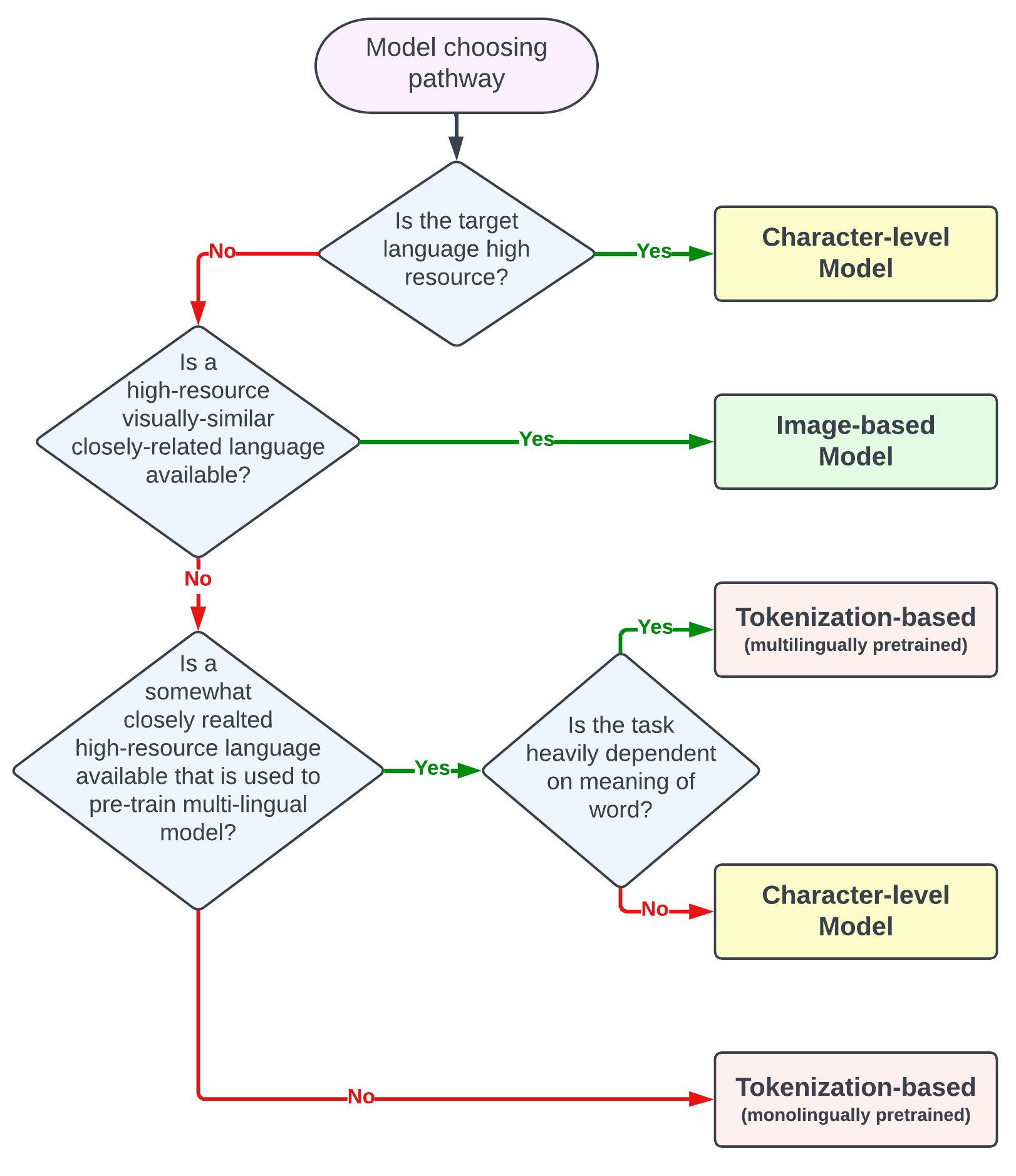
The research analyzes the importance of studying non-tokenization metrics and recommends a flow-chart to choose the best text-representation form.
[ Paper ] [ Code ]
Our study introduces the first-ever comprehensive dataset for intent detection and slot filling in formal Bangla, colloquial Bangla, and Sylheti languages, totaling 984 samples across 10 unique intents. Our analysis reveals the robustness of large language models for tackling downstream tasks with inadequate data. The GPT-3.5 model achieves an impressive F1 score of 0.94 in intent detection and 0.51 in slot filling for colloquial Bangla.
[ Paper ]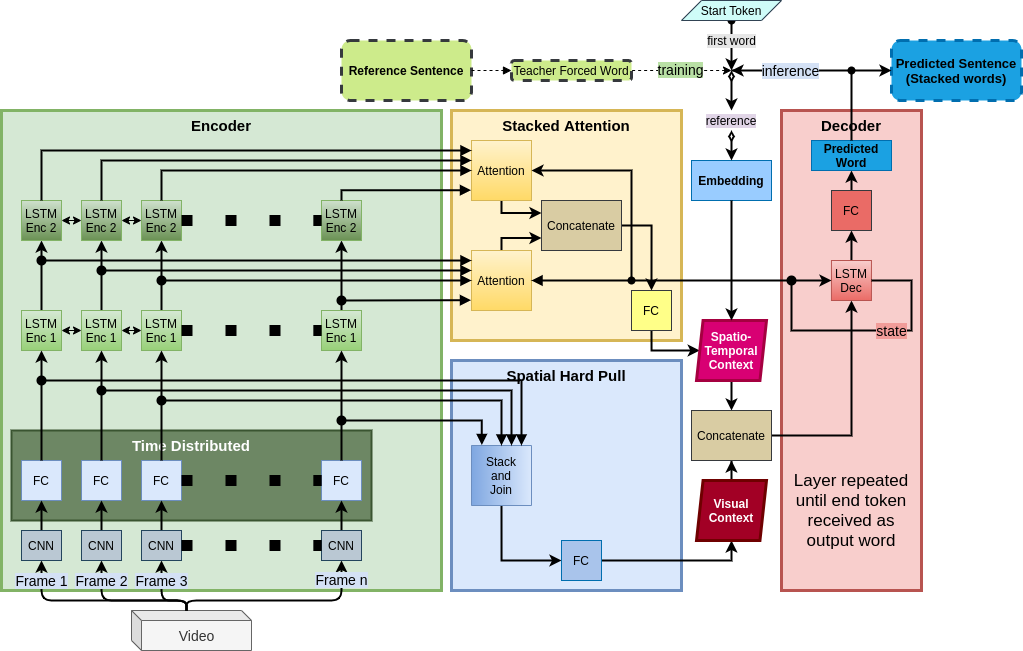
The paper proposes 2 novel concepts, Spatial Hard Pull and Stacked Attention, in video captioning domain. The obtained captions and video descripttions are comparable to state-of-the-art models.
The paper also proposes a novel scoring metric, namely SS scoring metric, for measuring the semantic googdness of a generated caption.
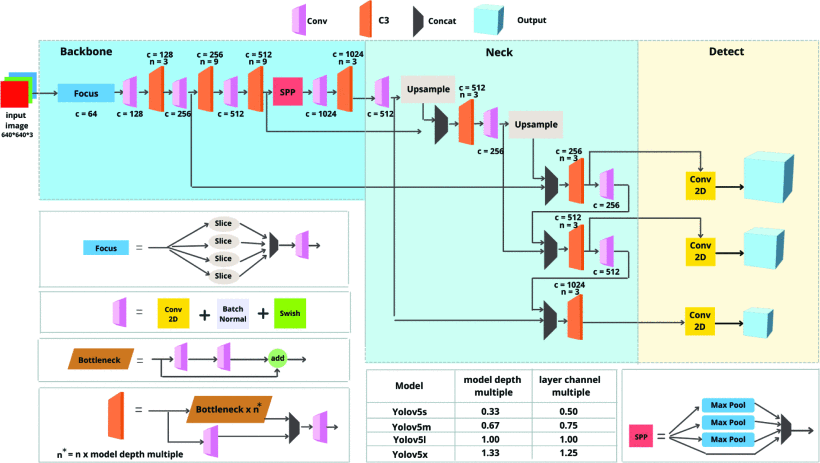
Our team compared different vehicle detection models for various vehicle detection datasets. My contribution was building the pre-processing pipeline for multiple datasets.
[ Paper ]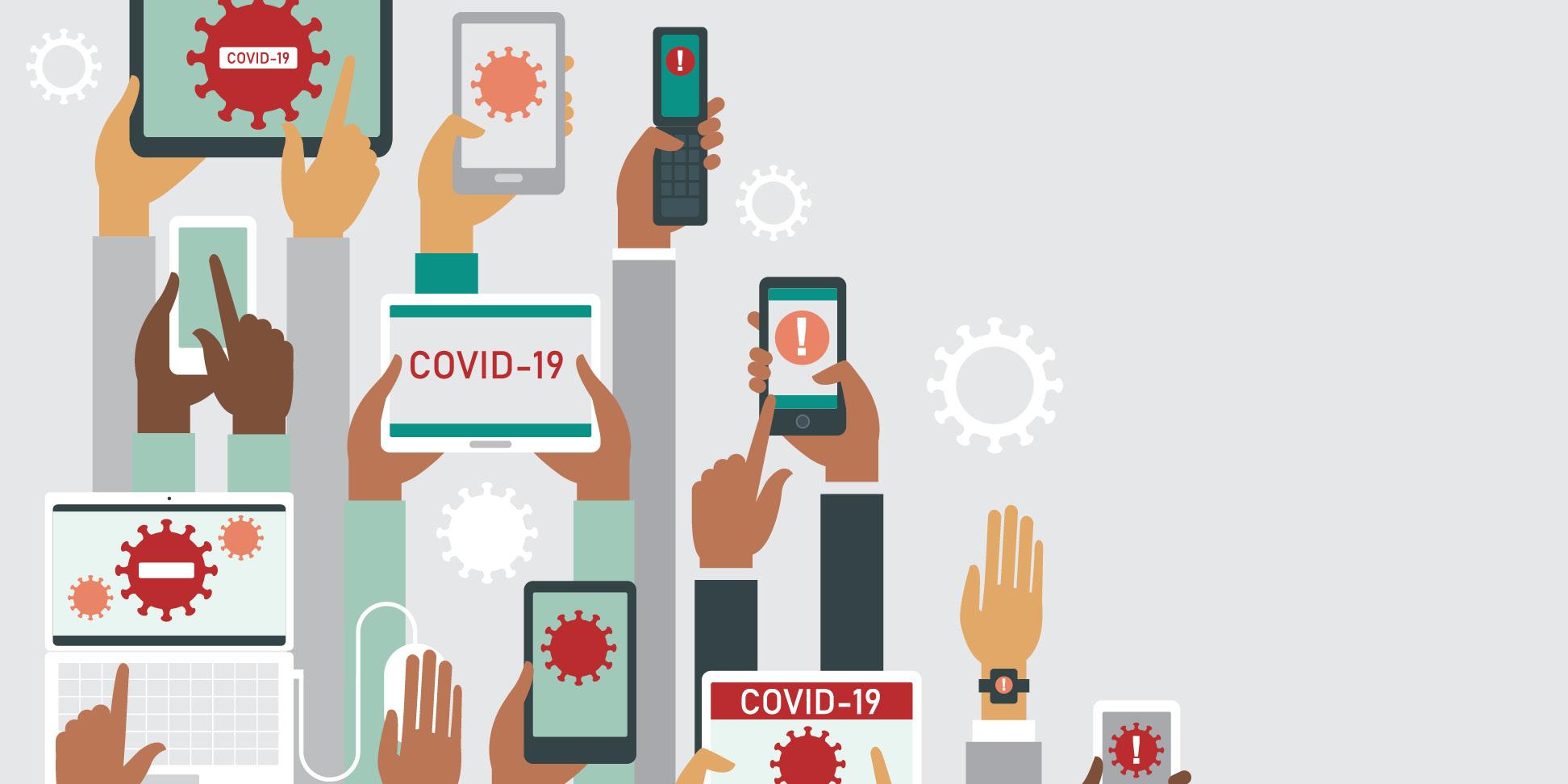
Misinformation, particularly in the medical domain, is danguerous. It can have long-term damaging impact on the society. In this work, we have built language models to detect COVID misinformation. Our model uses the BERT architecture as the base. The model achieves more than 90% accuracy across different benchmark dataset.

This is an unpublished research. We are treating image restoration as an image-to-image translation problem. Our current model uses Generative Adversarial Network to generate restored image from a broken image. We have proposed a novel loss function, namely, Stucture Loss, that emphasizes on the overall image structure rather than individual pixels.

In this paper, we propose an automated system to generate class schedules in reasonable time (less than a minute for normal university size). The paper considers the class-scheduling as a constraint satisfaction problem. The use of MiniZinc (a constraint modeling language) and Chuffed (off-the-shelf solver used in the implementation) makes the system robust.
[ Paper ] [ Code ]
We have used MiniZinc modeling language to define our system as a constraint satisfaction problem which can be solved using any off-the-shelf solver. The proposed system performs much better than the systems currently in use.
[ Paper ] [ Code ]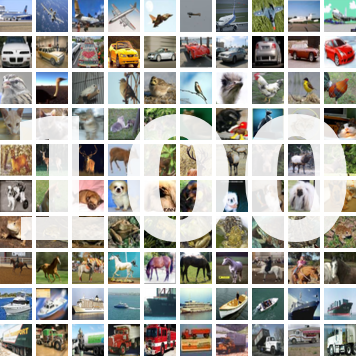
The research aims to find an algorithm that minimizes the total number of parameters of Cifar-100 dataset keeping at least 80% top-1 accuracy
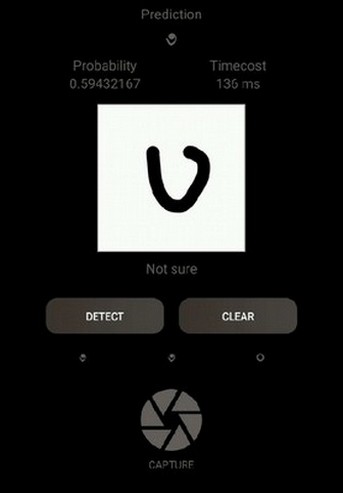


In this project, we developed a machine learning model using tensorflow that detects Bangla handwritten digits with a very high accuracy. We depployed the model to android. My role here was to create the machine learning model and assist in android development.




This is an android platformer game built using unity. It was built as part of an NGO project to promote nutritionous foods for garments workers. The project included another game that we developed. I was the lead game developer of the two games. BSMMU and GAIN funded the project.
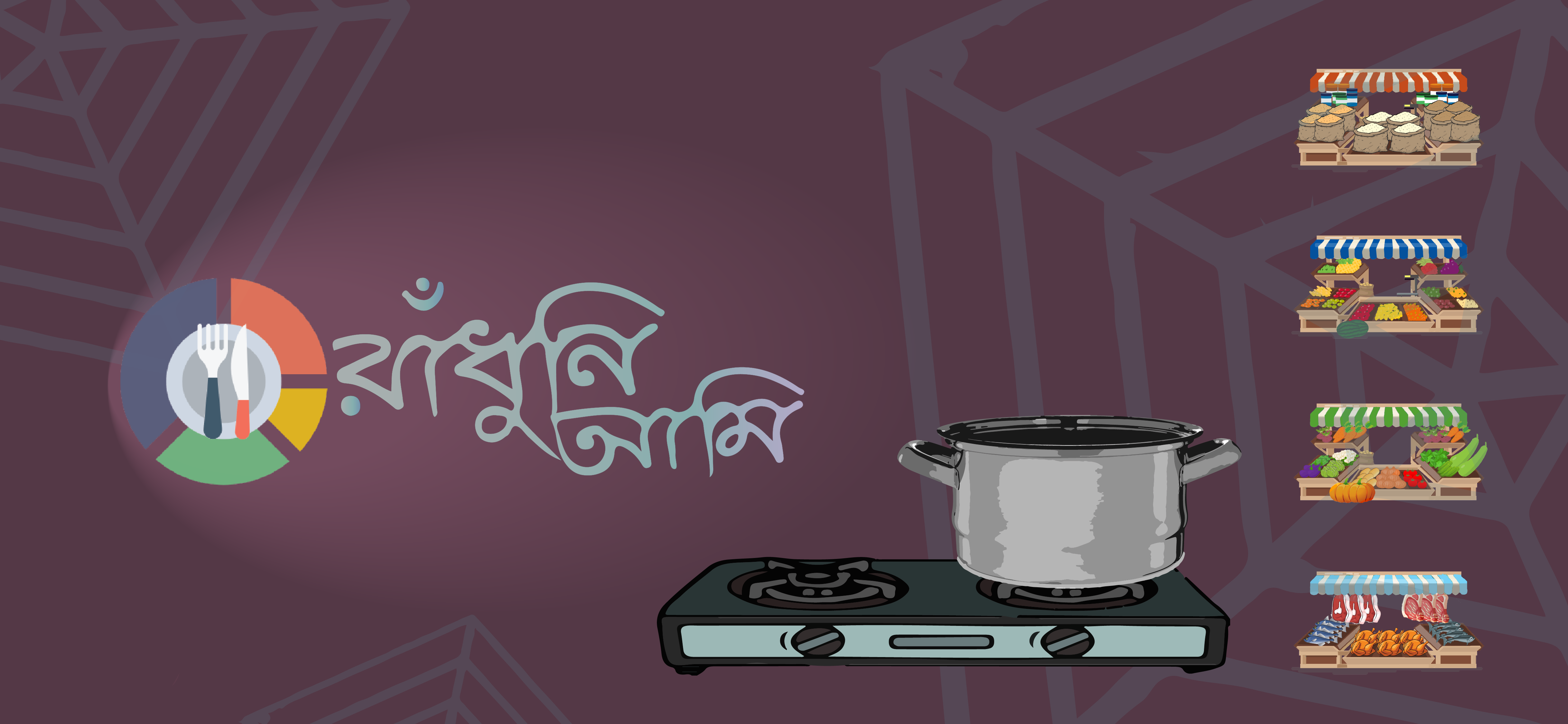



This is a simple android kitchen game built using unity. It was built as part of an NGO project to promote nutritionous foods for garments workers. The project included another game that we developed. I was the lead game developer of the two games. BSMMU and GAIN funded the project.